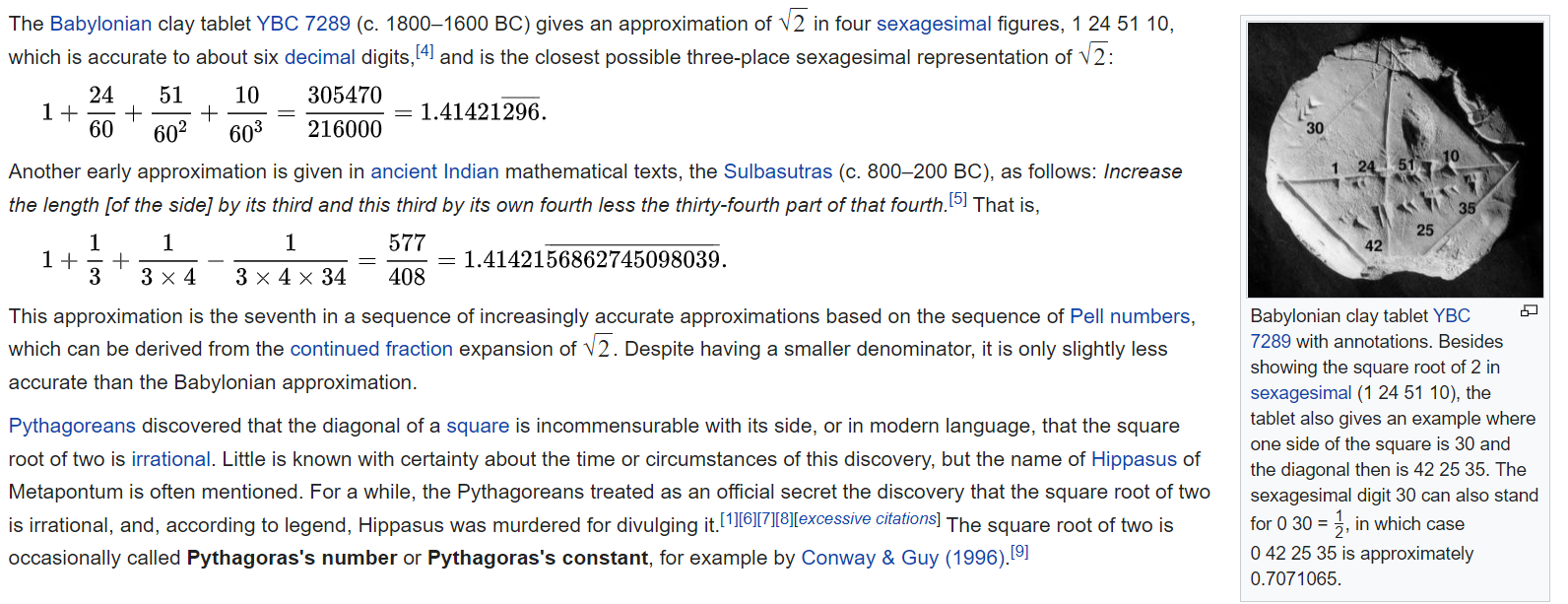Recently, I was reading about the Ancient Babylonian Civilization that used a number system with base 60 instead of base 10. Even with this number system at base 60, they were still able to approximate the square root of 2 — and that too, thousands of years ago!
I was curious about this, and wanted to see how numbers from our decimal system (base 10) can be converted into the sexagesimal system (base 60). Using the R programming language, I found this link in which an answer is provided on converting numbers from some base to a different base.
However, it seems here that the base can only be between 2 and 36 (I want base 60):
base <- function(b, base = 10)
{
base <- as.integer(base)
if(base > 36 | base < 2) stop("'base' must be between 2 and 36.")
structure(lapply(b, function(x)
{
n <- ceiling(log(x, base))
vec <- numeric()
val <- x
while(n >= 0)
{
rem <- val %/% base^n
val <- val - rem * base^n
vec <- c(vec, rem)
n <- n - 1
}
while(vec[1] == 0 & length(vec) > 1) vec <- vec[-1]
structure(x, base = base, representation = vec)
}), class = "base")
}
The article that I linked to reads in the headline "One eighth equals seven and thirty in this strange base 60 world" - I would like to see this and convert "1/8" from the decimal system into "7 and 30" in the sexagesimal system.
Can someone please help me with this?


gtools::baseOfmight be of use (though that assumes integers, trickery might be needed) – Pasteurizationbc, "echo "obase = 60; 1/8" | bc -l" gives.07 30 00 00 00 00 00 00 00 00 00 00. I have used this in the past because I'm too lazy to implement arbitrary-precision base transforms, e.g. see rpubs.com/bbolker/4113 – Gujarat